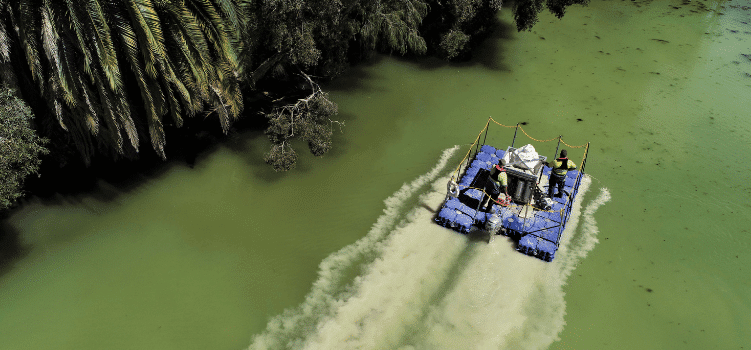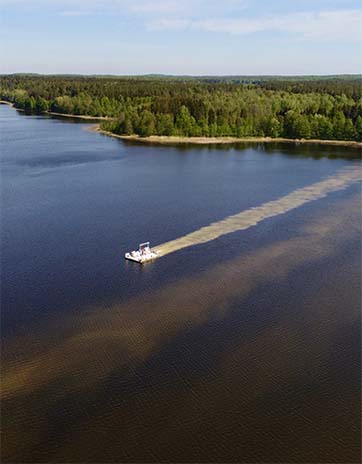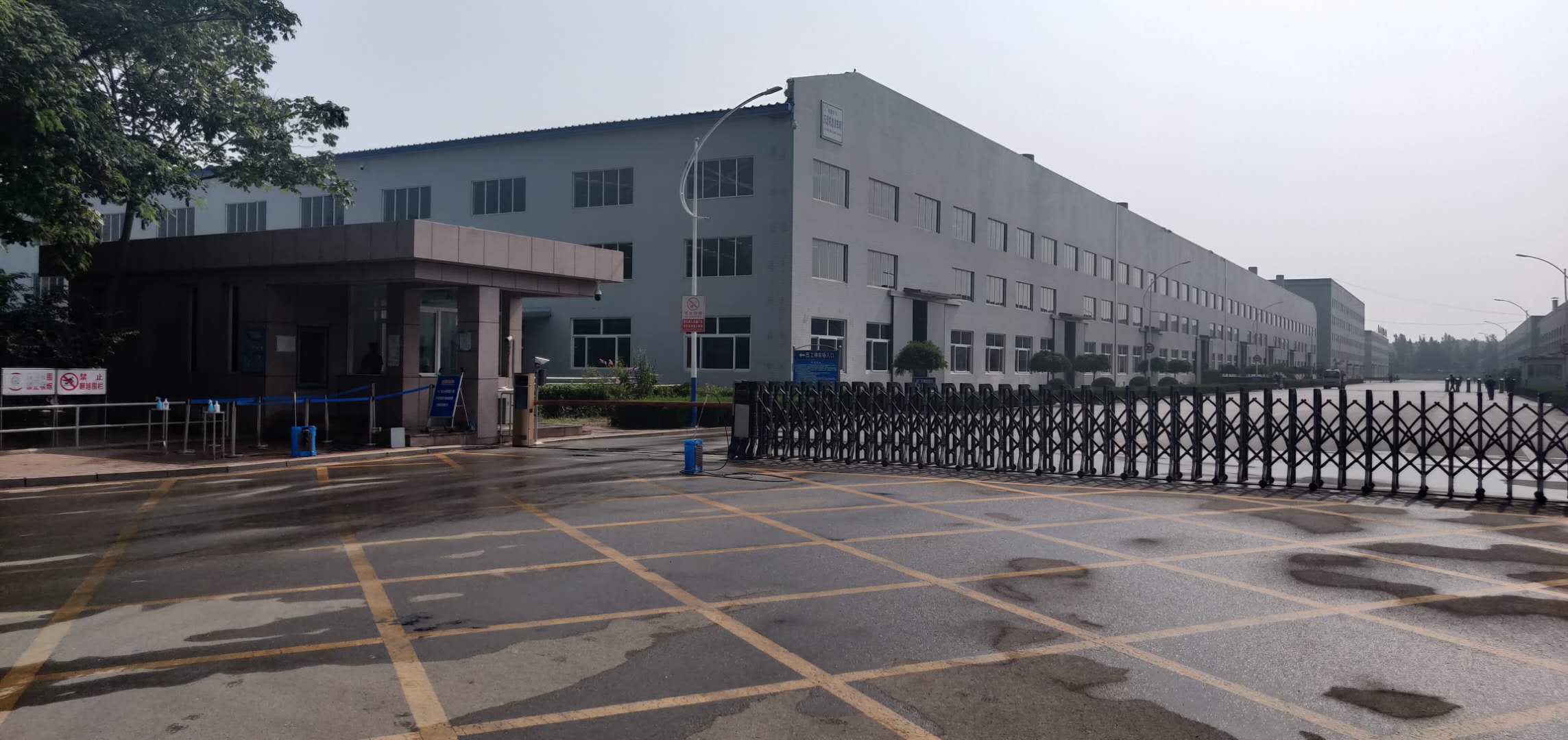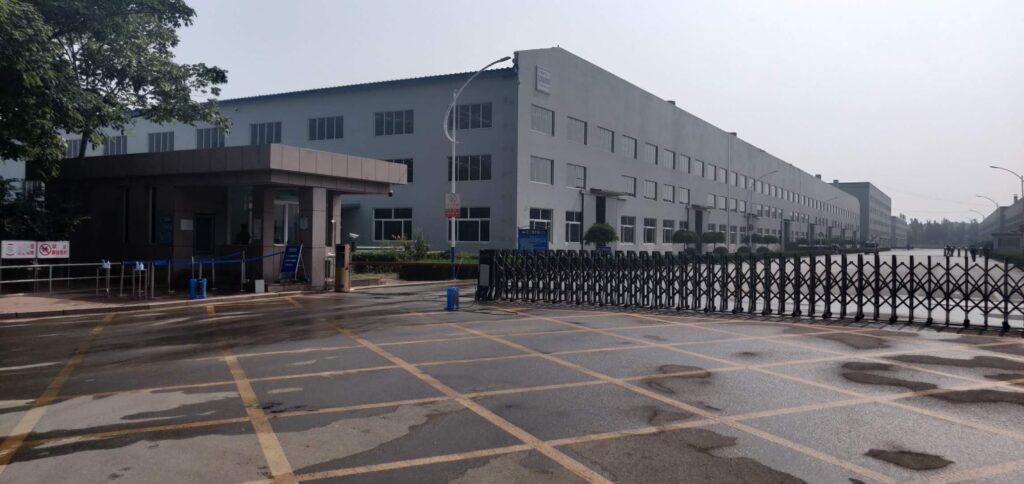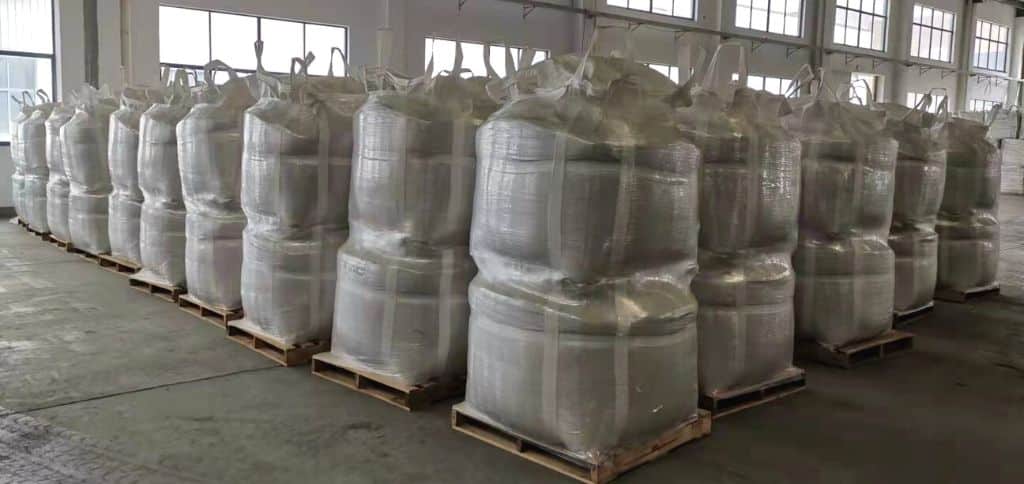Deteriorating water quality is a global phenomenon which is attributed to an excess of nutrients entering freshwaters which is primarily driven by population increase and associated land-use change and climate change. This excess delivery of nutrients, in particular phosphorus, comes from three main sources:
- agricultural run-off
- industry
- sewage treatment works
Surplus nutrients can cause undesirable symptoms in our freshwaters. As a result, we can observe biodiversity loss and the potential for local extinction events, all leading to the loss of ecosystem services.
Phoslock Environmental Technologies (PET) is a global leader in the treatment and remediation of freshwaters, particularly those impacted by excessive levels of phosphorus.
Our product, Phoslock®, was originally developed by the Australian national science agency (CSIRO). This proprietary technology binds excess phosphate present within a system which forms the naturally occurring, stable, insoluble mineral, Rhabdophane. Phoslock has been extensively assessed by independent experts as having distinct advantages over competitive in-lake treatments.
The Phoslock technology is now being expanded into international markets, with additional technical and sales resources and a focused marketing strategy. A revised R&D program is generating product extensions that allow further diversification into new market segments.
We take a multifaceted solutions approach to water remediation, using products and engineering techniques to achieve healthy waterways for the communities that rely on them.
PET was established in 2002 and is listed on the Australian Stock Exchange (ASX:PET).

